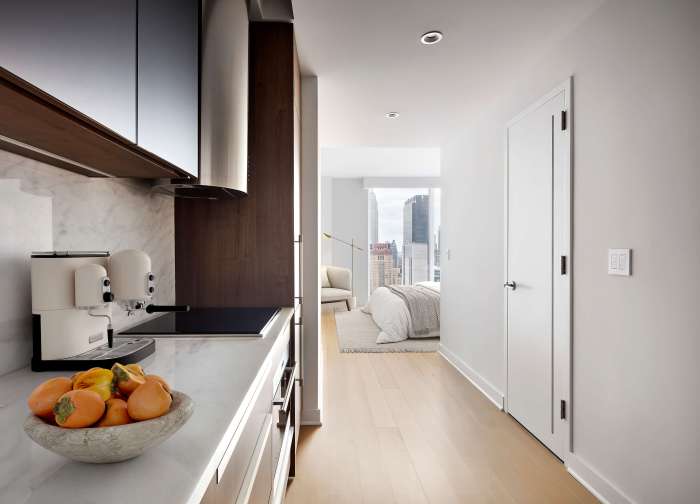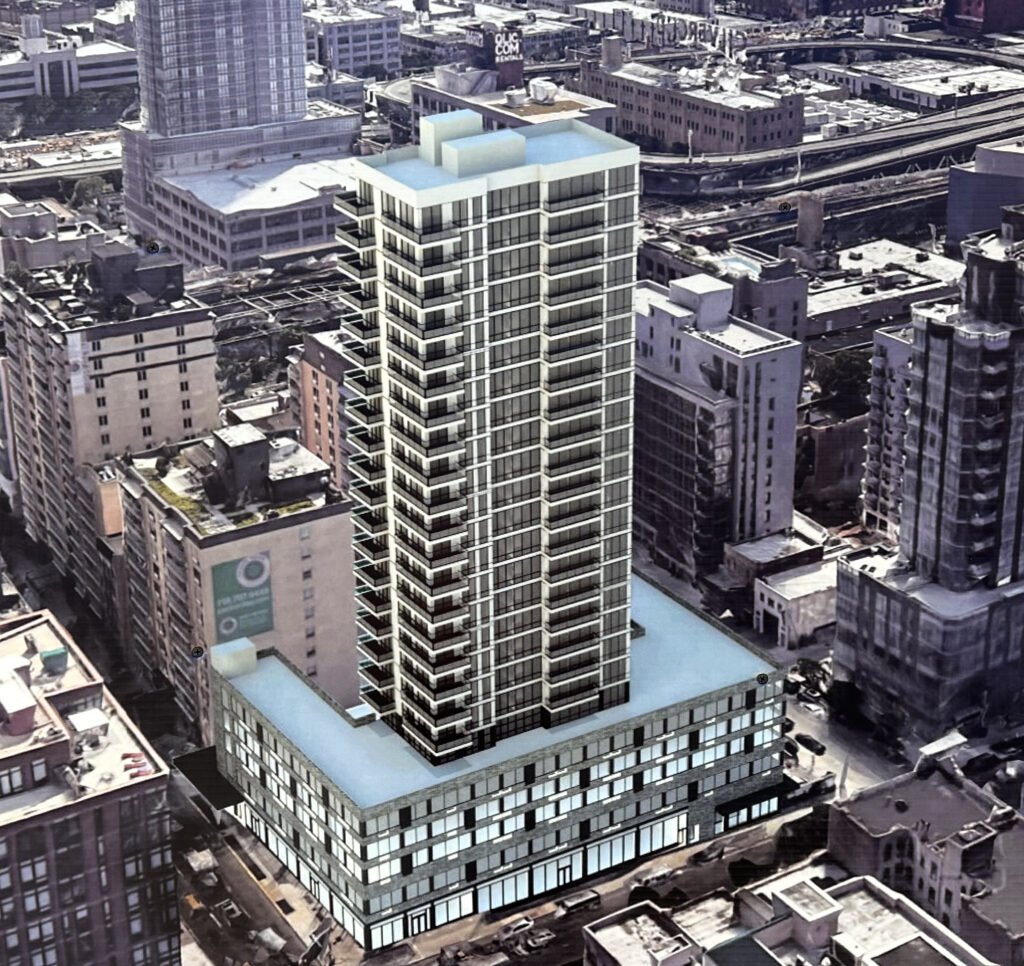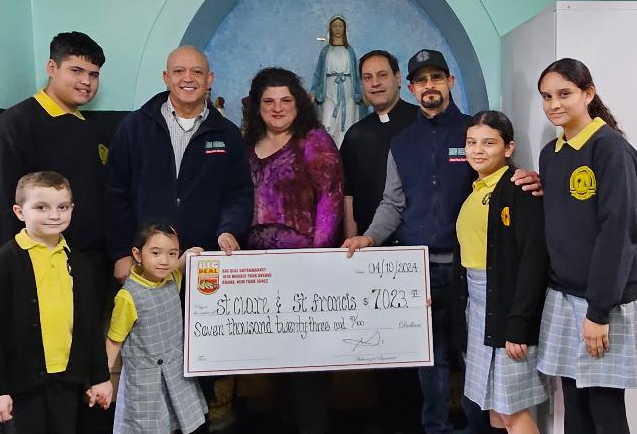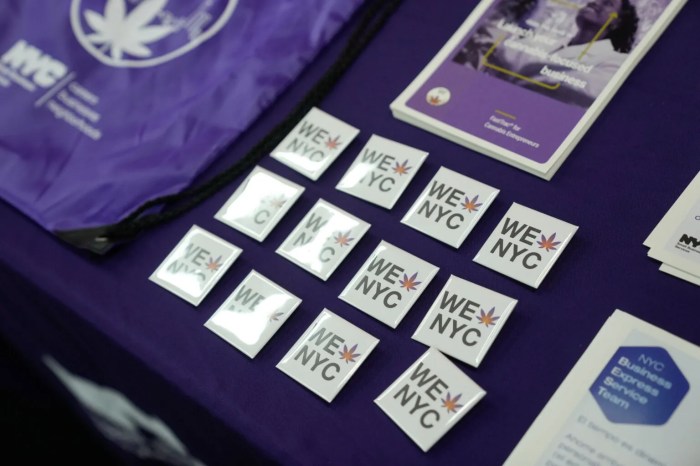
New Yorkers are saying NoWay to neighborhood renamings.
Resistance to new monikers has fortified, and some real estate agents and brokers say the industry is abandoning the long-standing practice of rebranding nabes.
They say it has been exploited by so many marketing teams that it has become cliché — along with the slew of acronyms it has spawned.
But residents and experts alike say the disdain at its root stems from concerns about efforts to appeal to wealthier residents in an era where fears of gentrification have gripped several corners of the city.
“No New Yorker likes to be sold,” says Douglas Wagner, director of brokerage services at Bond New York, while referencing a failed attempt to brand an area near the Brooklyn Academy of Music as Bamcudi (short for the Brooklyn Academy of Music Cultural District). “If you’re moving here from Texas … and somebody tells you that there’s something called Bamcudi, maybe you’re interested in seeing what it is.”
The sheer number of names can make it hard to make an impression. There have been so many cheesy attempts like MePa in lieu of the Meatpacking District that some real estate agents believe New Yorkers have grown weary of the tactic. Wagner adds that the real estate industry is also starting to move away from naming in general: High-end condos typically now identify by address, rather than by a fancy name once favored by buildings like The Dakota.
Renaming now seems like a gamble, according to Matthew Rosenzweig, a Marcus & Millichap commercial real estate broker in Brooklyn. “There’s a bit of a risk in it,” he says. “If it’s not a good name, it’s actually going to be counterproductive.”
Many real estate professionals observe that neighborhoods have been christened with minimal controversy when industrial and commercial areas are converted to housing.
As more parts of the city get built up, there are fewer such areas to transition and rebrand. And rebranding efforts in residential areas have run into trouble.
Harlem’s State Sen. Brian Benjamin encountered so many people upset by the moniker SoHa that he recently announced plans to introduce legislation requiring community input to be factored into any neighborhood name changes adopted in government materials.
Many say gentrification has crept in along with the SoHa name, said to describe 110th to 125th streets near Frederick Douglass Boulevard. John McGuinness, who leads Compass’ Harlem properties team, says he started hearing the term in the early 2000s.
He believes SoHa appealed to potential property owners, who tend to be older, and may recall Harlem’s rougher days. But McGuinness considers SoHa offensive because it overlooks the many positive attributes about a thriving neighborhood that happens to also be one of the most iconic in the world.
Lifelong Harlem resident Mona Newton, 52, compares SoHa to naming the White House after its current occupant, President Donald Trump.
“I’ve been in Harlem when whites [were] only coming to cop drugs here,” said Newton, a custodian at a car service company. “Now you’re changing the name because you live here.”
Several experts point to SoHo’s evolution into a global hot spot as the impetus for what became a decades-long renaming craze, with a particular focus on acronyms. Artists began often illegally moving into loft spaces in the industrial area south of Houston Street in the 1960s, and the colloquial SoHo name soon developed.
But the truth is neighborhoods have cycled through names since they were first identified by American Indians and Dutch settlers, according to Constantine Valhouli, co-founder of the real estate analytics firm NeighborhoodX.
He says American settlers conducted one of the first known large-scale renamings in the wake of the Revolutionary War, when they nixed street names referring to British officials in favor of ones related to local trees, such as Cherry Street.
Since then, concerns about public perception and its influence on real estate values have been the main motivating factors for renamings, Valhouli says.
In Mott Haven, developer Keith Rubenstein drew ire when he threw a party that included bullet-ridden car decor and inspired attendees to caption photos with #bronxisburning. Rubenstein did not return a request for comment. But he told revelers the event was “an opportunity to introduce a whole new world to the South Bronx,” where he is building 2,000 apartments in what he has dubbed the Piano District, according to Women’s Wear Daily.
Zach Ehrlich, founder and CEO of Mdrn, said his firm is handling marketing for two buildings that will embrace the Piano District name. The phrase helps the typical client — who is not familiar with Mott Haven — get a sense of the neighborhood by highlighting its history as a piano factory hub, he says.
Ehrlich did not view the name itself as controversial because it pays homage to the area’s roots, but he acknowledged it gave some in the South Bronx misgivings.
“The big story here is gentrification,” Ehrlich says.
Most notorious nabe rebranding attempts
NoMa, short for North of Manhattan aka Riverdale, the Bronx
WiNo, short for Williamsburg North
SpaHa, short for Spanish Harlem
SoBro, short for South Bronx
Hellsea, short for a stretch near Hell’s Kitchen and Chelsea
Rambo, short for right around the Manhattan Bridge Overpass
MePa, short for the Meatpacking District
NoBat, short for north of Battery Tunnel
BoCoCa, short for Boerum Hill, Cobble Hill and Carroll Cardens
ProCro, short for an area near Prospect Heights and Crown Heights

















